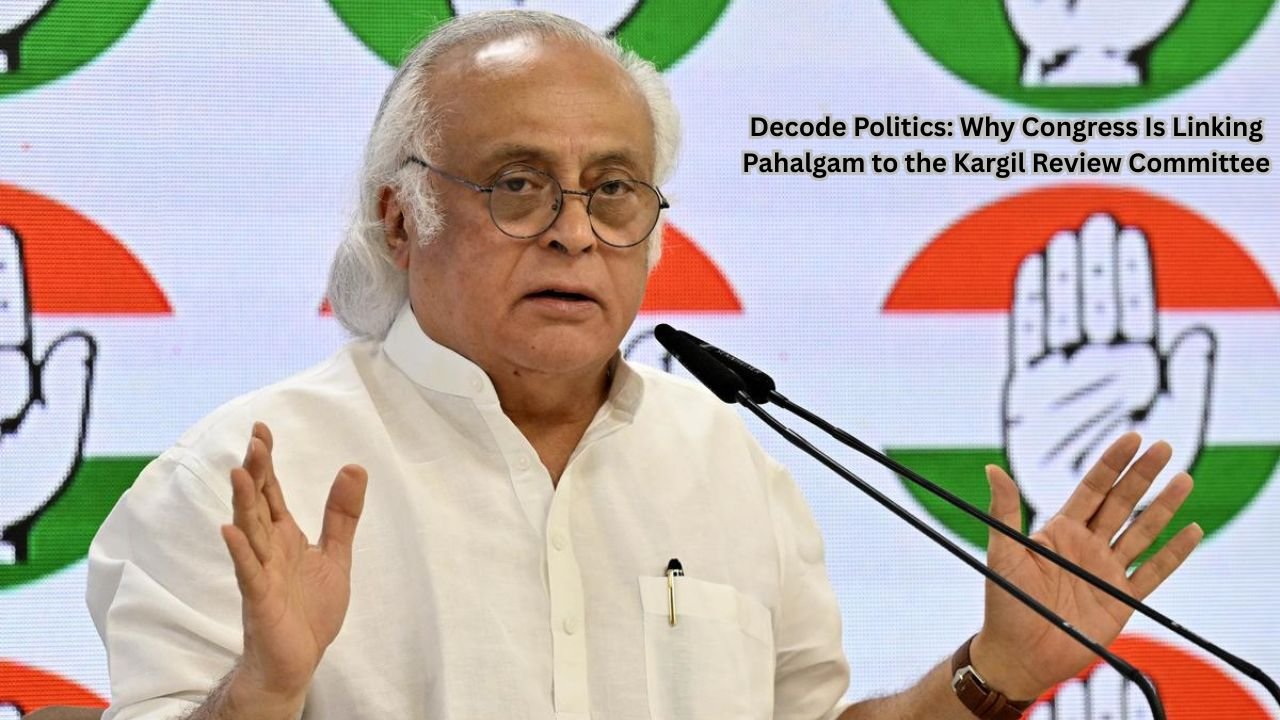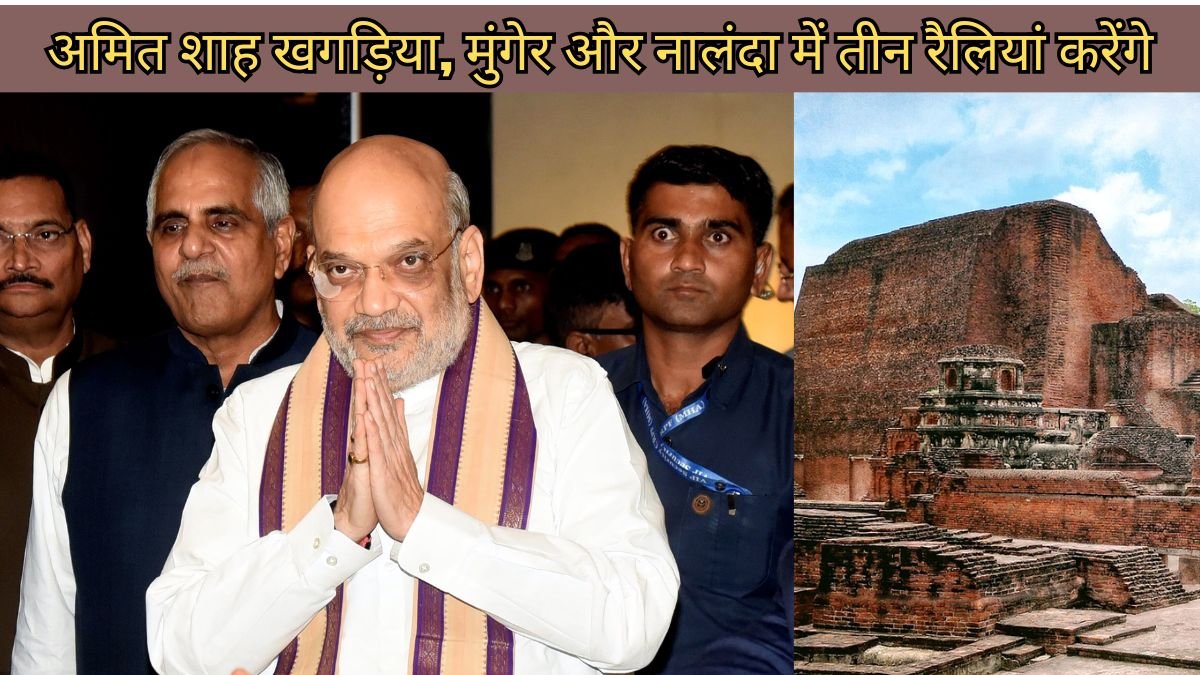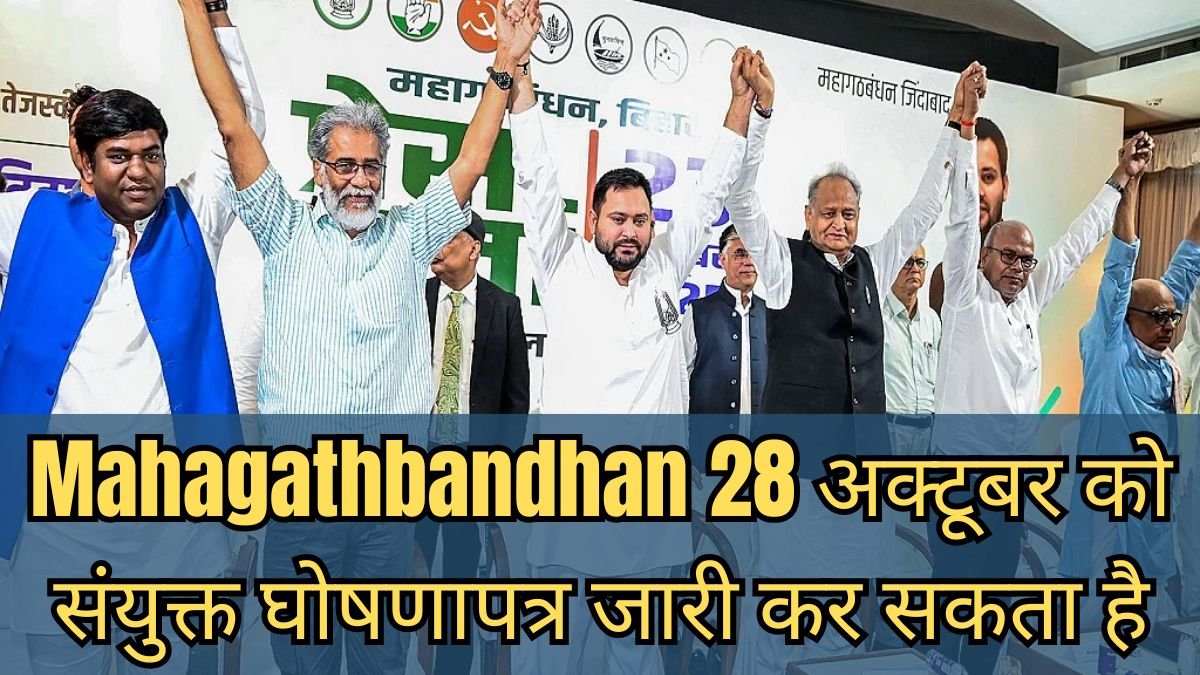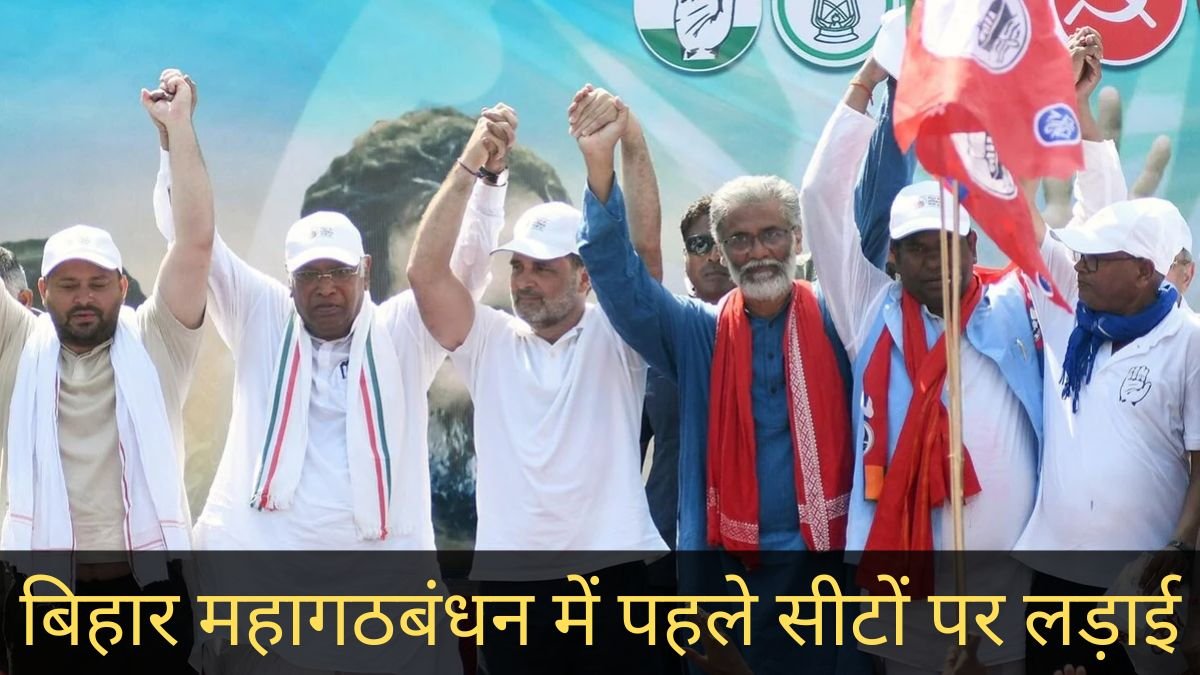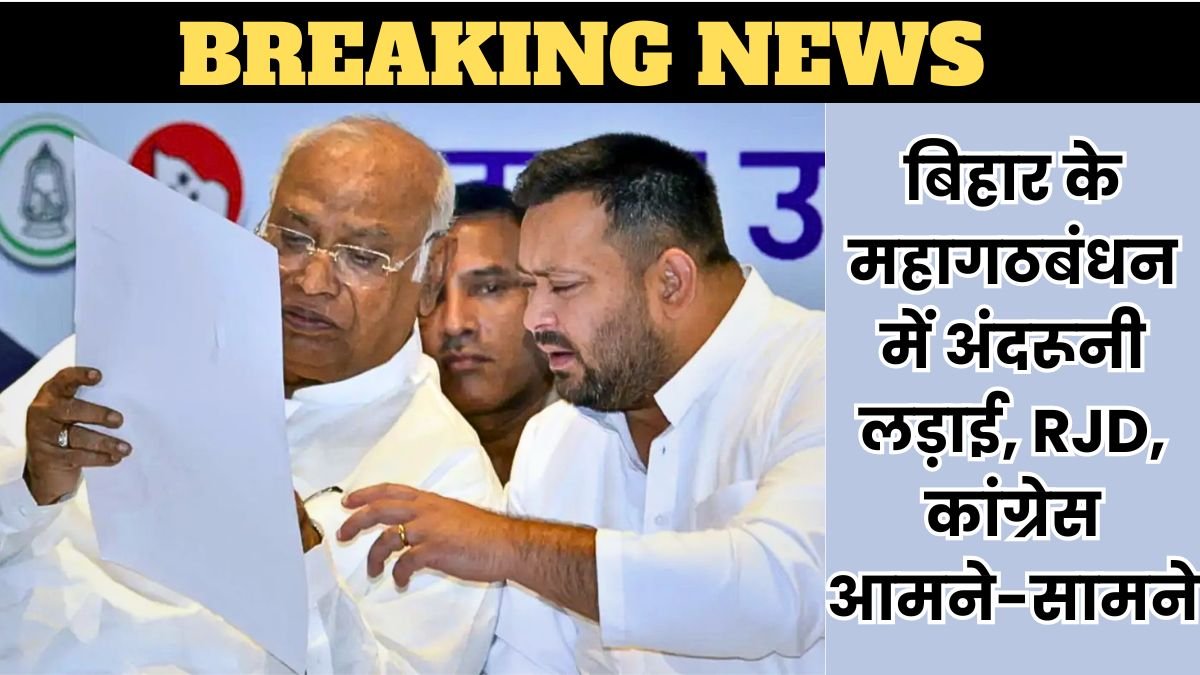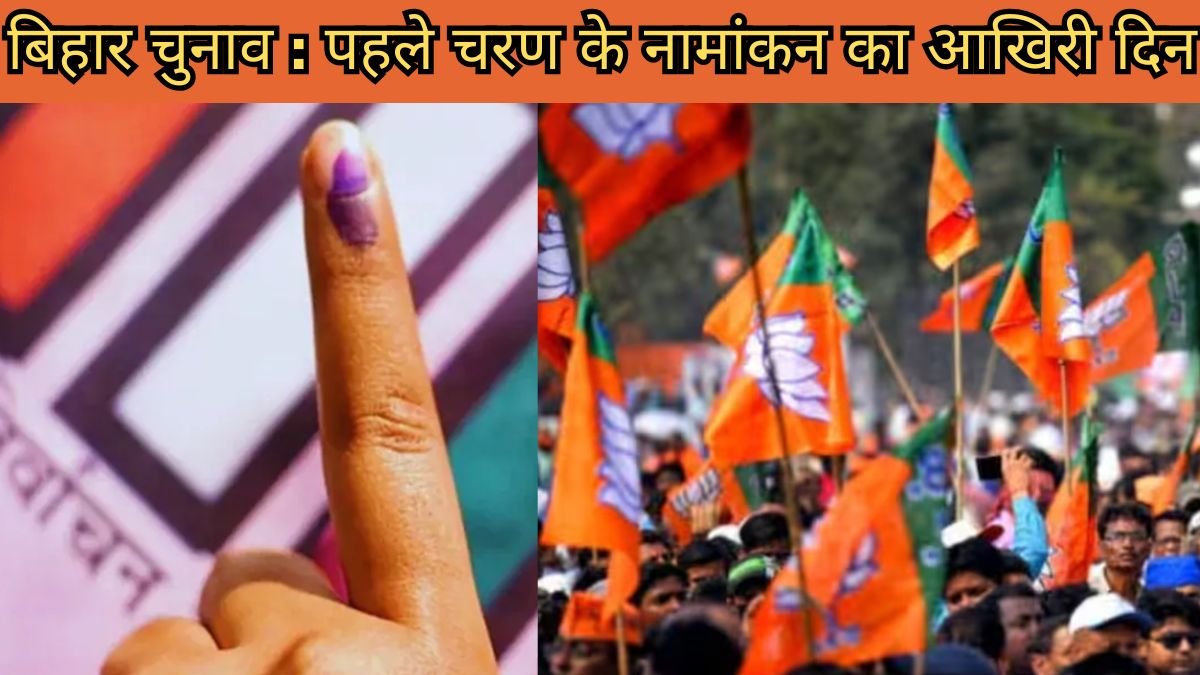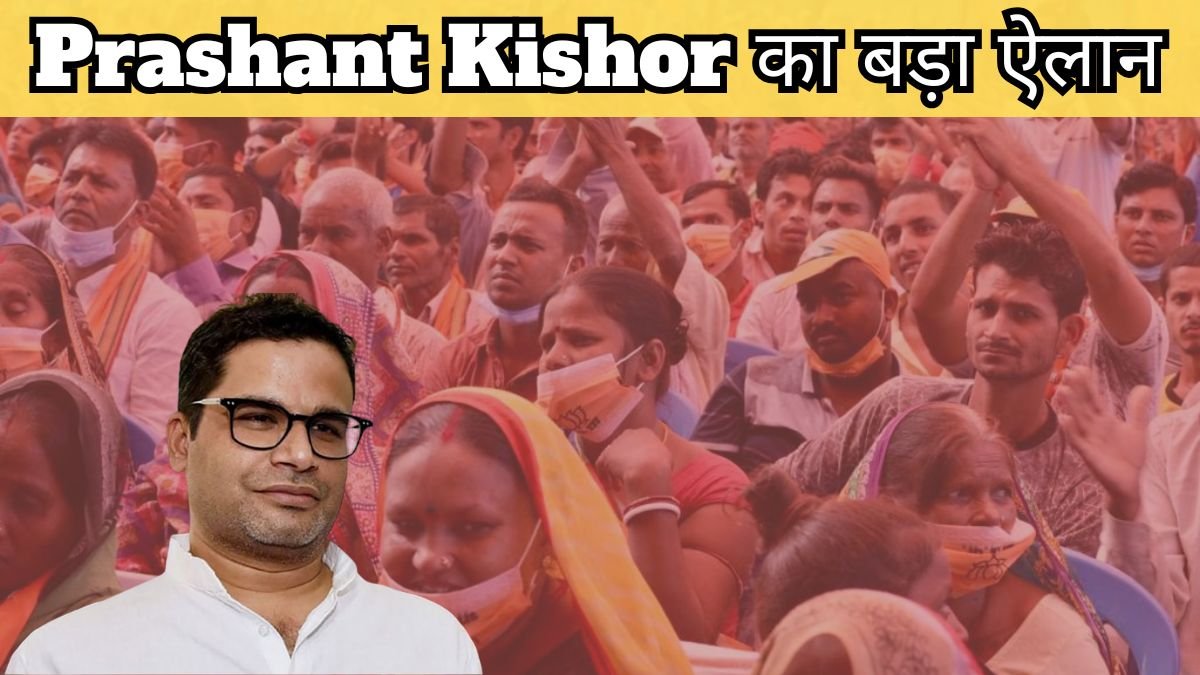What was the Kargil Review Committee
On July 1999, three days after the Kargil conflict had ended, when 527 soldiers had lost their lives, the Vajpayee government established the KRC headed by defence strategist K Subrahmanyam. In his tweet requesting a comparable panel on the Pahalgam terror attack, Congress leader Jairam Ramesh pointed out that Subrahmanyam’s son S Jaishankar is the current Union Minister of External Affairs, and thus right in the midst of action in the latest India-Pakistan skirmish.
The KRC interviewed close to 100 senior defense and security officials, diplomats, politicians and journalists in the process of drawing up its report.
In February 2000, just over six months since it was established, the report was presented to Parliament. Its findings were not discussed in either House despite demands by the Congress-led Opposition at the time.
Even after the report was subsequently released to the public, most of its major conclusions, particularly those regarding intelligence, were classified for reasons of national security – and still are.
What was the KRC report
The KRC only addressed “systemic deficiencies” and did not venture into specific shortcomings behind the Pakistani intrusion, in order to make “generic” suggestions, then Union Defence Minister George Fernandes stated in Parliament following the tabling of the report.
But it was critical of the “deficiencies” in the Indian security and intelligence system. The conclusions highlight several serious shortcomings in India’s security management system. There has been little change over the last 52 years despite the 1962 debacle, the 1965 stalemate and the 1971 triumph, the escalating nuclear threat, end of the Cold War, continuation of proxy war in Kashmir for more than a decade and revolution in military affairs.”.
The bureaucratic, military and intelligence institutions as well as the political establishment seem to have acquired a vested interest in the status quo,” noted the KRC in its report. “The Committee feels very strongly that the Kargil experience, ongoing proxy war and prevailing nuclearised security environment warrant a deep and comprehensive review of the national security system as a whole.”
Specifically, the KRC highlighted that the intelligence agencies – particularly the Research & Analysis Wing (R&AW) – did not monitor the Pakistani troop movement and concentration in the vicinity of the LoC prior to the infiltration. It stated that the R&AW, Intelligence Bureau and Directorate General of Military Intelligence “had a lack of inter-agency interaction and coordination” with each other and with the Ministry of Defence, and that the R&AW’s “virtual monopoly” in intelligence gathering had resulted in “a little redundancy to correct failures”.
The report also identified gaps in human intelligence collection, inadequate satellite-imaging capacity, and complications arising from the climate and geography of places such as Kargil, while emphasizing the need to invest in improved equipment and cross-border intelligence collection.
The report averred that “a Kargil-like situation could perhaps have been avoided had the Indian Army pursued a policy of Siachenisation to fill gaps” within a 168-km long section of the LoC. But, the KRC added, “such a dispersal of troops to occupy unpopulated ground of no strategic importance would have dissipated a lot of military strength and effort, and would in no way have been cost effective.”.
The KRC called for an “independent body of credible experts”, and not an “overburdened” bureaucracy, to undertake a comprehensive review of India’s security and intelligence system.
What did the KRC accomplish
The report served as a catalyst for various reforms in the Armed Forces and intelligence agencies, within a period of the next two decades. It resulted in the creation of a Group of Ministers (GoM) in April 2000 to review the national security system and also examine the suggestions of the KRC.
In 2002, the GoM recommended the creation of the Defence Intelligence Agency, a centralized coordination body, and in 2004, a technical intelligence agency called the National Technical Research Organization.
In 2011, the Manmohan Singh-led UPA government established a task force under the chairmanship of former Cabinet Secretary Naresh Chandra, partly as a reaction to the 2008 Mumbai terrorist attacks, to revisit the outstanding recommendations of the KRC and to “review the working of the national security system”.
The task force realized that most of the important recommendations of the KRC were not given effect to, such as on defence procurement, on a ‘National Security Doctrine’ being drafted, and on the establishment of the position of Chief of Defence Staff (CDS), in which political parties would have to be consulted.
The GoM’s proposal for a CDS was actually put into action in 2020, during the Narendra Modi-led NDA government. The incumbent officer commands all three branches of the Armed Forces to maintain inter-services coordination.
The other suggestions of the KRC involved separating the functions of a National Security Advisor (NSA) from that of the Principal Secretary to the Prime Minister and emphasizing the necessity of having a full-time NSA. It demanded restructuring of structural connections between the Ministry of Defence, the Armed Forces and intelligence agencies, and insisted that India must have a “young and fit Army”.
Even the Aadhaar scheme, similarly, has its lineage back to the KRC, as it hinted at introducing a “multi-purpose national identity card” with an aim to contain illegal immigration.

The politics of the KRC
Several months after the Kargil War, the Lok Sabha elections were conducted in September-October 1999. The BJP came back to power and established an NDA coalition government. During its first session, Parliamentary discussion witnessed a number of MPs not only accusing the BJP of “making political gains” from the Kargil War, but also complaining about the probes into it.
In late October 1999, the question of the KRC was raised in Parliament. CPI MP Indrajit Gupta, ex-Minister of Home Affairs, stated in Parliament, “I know that there has been an establishment of a body to examine the Kargil operations, but it is not what we asked for. We sought an inquiry, a full-dressed proper probe to be conducted into the issue of who is to be held responsible for what occurred.”
P A Sangma, then with the NCP and a former Union minister, had asked that the KRC report be brought to Parliament for discussion, while then Congress president and Amethi MP Sonia Gandhi stated, “I earnestly hope that the government will keep us informed about the findings of the Kargil Review Committee. There are far too many unanswered questions on Kargil. The country has a right to know.”
But when the report was presented in Parliament in February 2000, its recommendations and findings were not specifically debated. In April 2000, a GoM was appointed by the government to consider the KRC’s report, and this occasioned some criticism by the Opposition. Portions of both the KRC and GoM’s reports were censored before their release to the public.
The CPI(M)’s Somnath Chatterjee, who would become Speaker of the Lok Sabha later on, said, “What did happen during the Kargil War? The Subrahmanyam Committee report is available… How to handle that? Appoint yet another committee? Over the Subrahmanyam Committee, another committee under the chairmanship of our Home Minister has been appointed… You go on appointing Committee after Committee. This is the best way of postponing this issue.”
In December 2000, another MP had raised the question why the report of the KRC was not debated in Parliament. Former member of the Congress Working Committee and Faridkot MP J S Brar stated, “Even after one-and-a-half years’ lapse, the report on the Kargil conflict, a major issue for which our gallant soldiers sacrificed their lives, has not been discussed in this House.”. Today, the families of the Kargil martyrs are looking towards Parliament and are beginning to wonder why Parliament cannot even discuss the report on the Kargil conflict… A discussion should be held on the report.”
The KRC report has since been referred to in Parliamentary debates on external affairs, Pakistan in general, but yet again no serious debate was conducted on the report. In May 2002, almost three years after the war, Sangma brought up the KRC once more during a discussion of an attack by terrorists in Jammu.
The answer (to Pakistani aggression) actually lies here, in the Kargil Review Committee report. Here is the answer: 50% of the answer lies here in this book and 50% with the will of the government of the day… Nearly three years have lapsed. What has been done in that regard? … What has been done on all those recommendations? This country should know about it,” Sangma stated.
